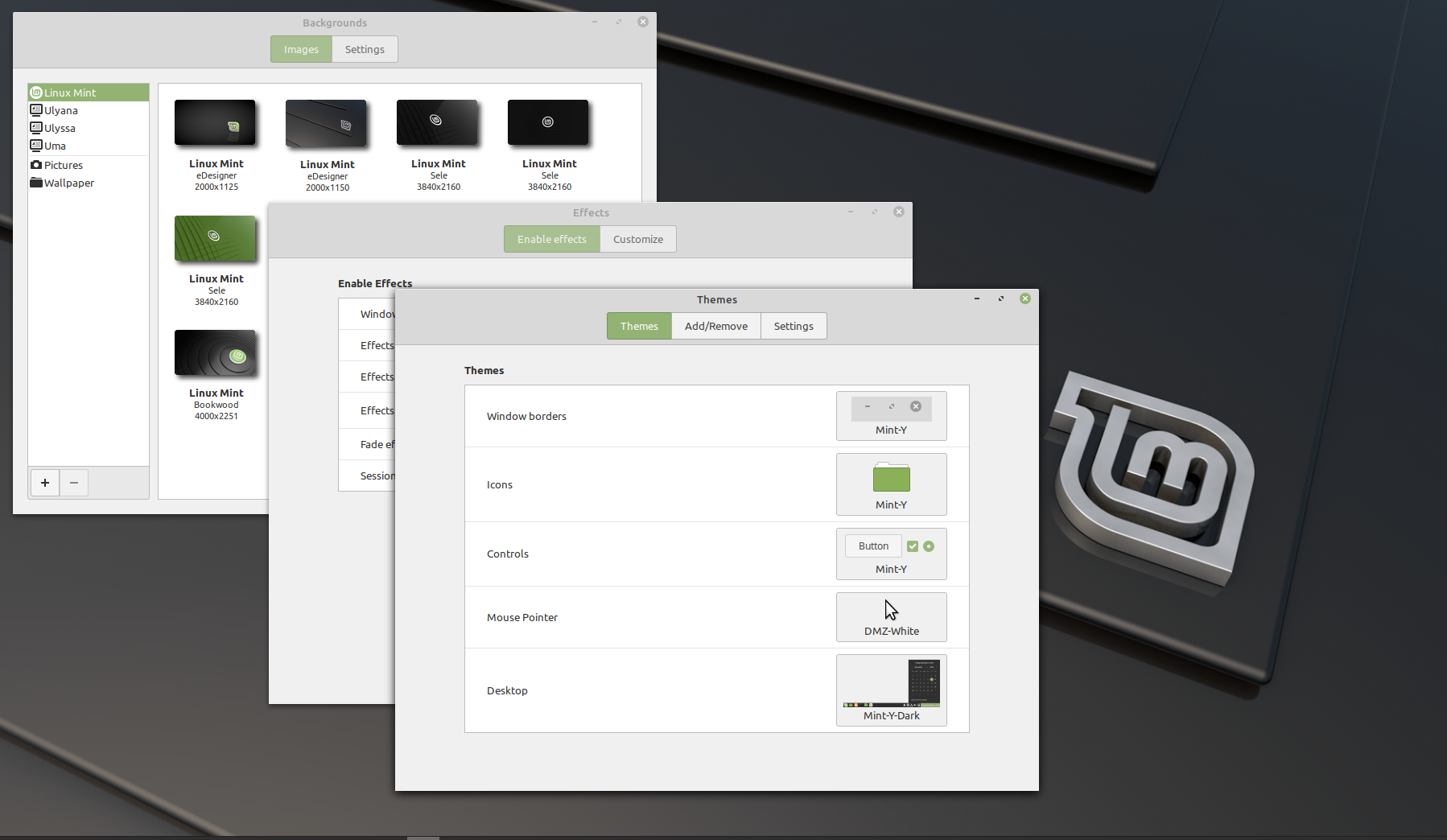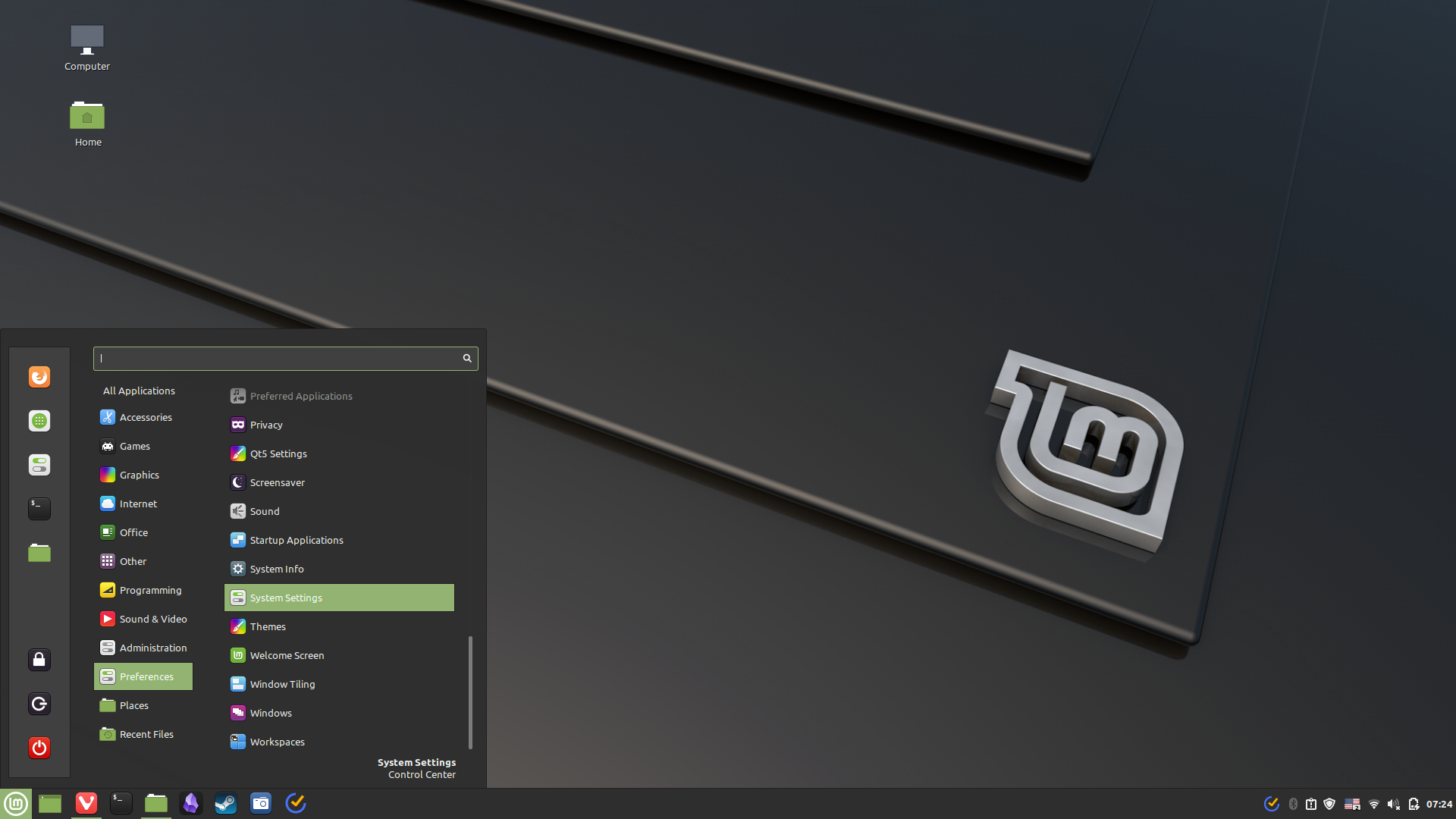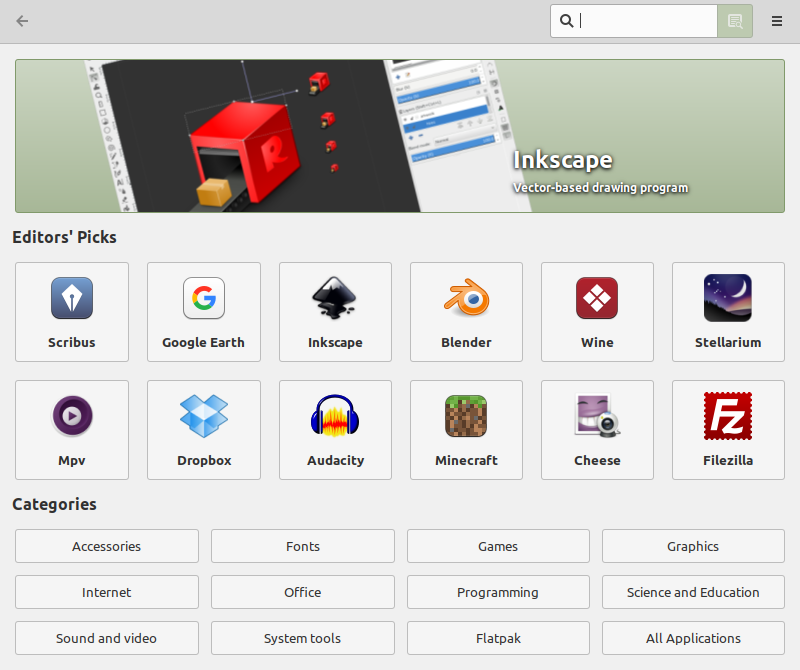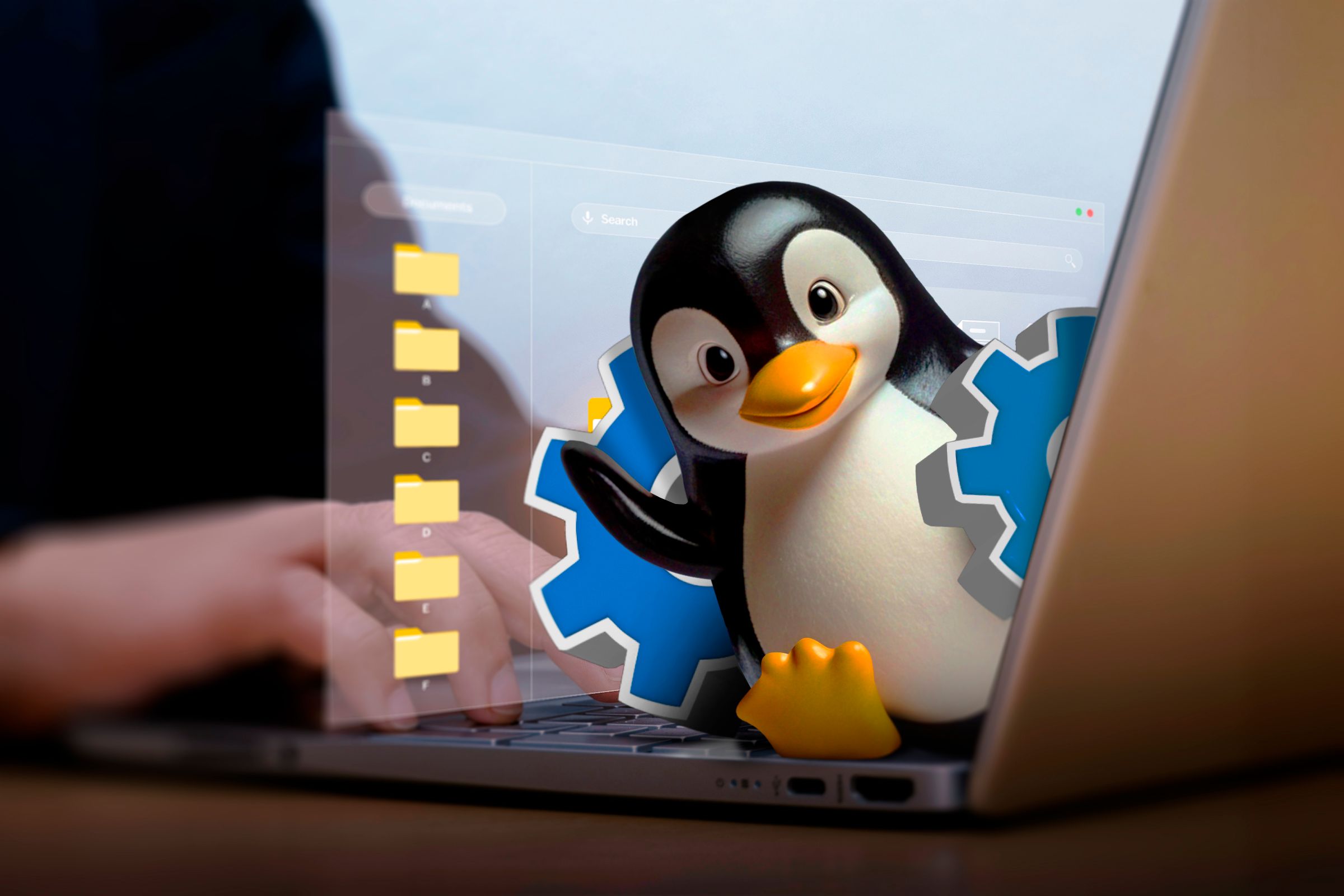If you’re like me, you probably find Windows 11 a disappointment, and you feel more like a resource for Microsoft than its customer. Linux can help you escape, and here’s why particularly Linux Mint is the Windows 11 replacement you’ve been looking for.
4
Linux Mint Will Feel Familiar
Linux Mint is an operating system (OS) that was spun off from Ubuntu; where Ubuntu has a more Mac-like feel, Linux feels more like Windows (something I go into in my article comparing Linux Mint versus Ubuntu). However, the good kind of Windows, back when you could still quickly find stuff without having to work through a few layers of submenus.
To get anywhere in Linux Mint, you just hit its equivalent of a start button in the lower left corner of the desktop and go from there. Even better, to manipulate folders and the like, you can just right-click. You’ll feel comfortable with Linux Mint very quickly; I know I did.
3
Easy to Use and Stable
There’s more to Linux Mint than just familiarity, though: it’s genuinely easy to use. Not only can you find things quickly, the layout uses a lot of common sense, with controls in places you’d expect them to be. Even if you’re not happy, it’s still Linux, so customizing almost any part of the UI is as easy as can be—check out my full guide on how to customize your Mint desktop to get an idea of how that works.
Linux Mint is also very stable. Though Windows is no longer the BSOD horror show it used to be, I still get more issues with it than with Linux Mint. In my decade of use, I have probably only had to force restart my laptop a handful of times, usually because I did something dumb (the downside of being allowed to do anything is that you can do, well, anything).

Related
These 6 Tweaks Will Make Your Linux Mint Cinnamon Desktop Pop
Here’s how to create the perfect desktop experience for you.
2
Free Software at Your Fingertips
Another reason to like Linux Mint is the software manager, which lets you browse a massive catalog of free software and install it all with a single click (and a lot safer than the Microsoft store, too). It’s good stuff, too: besides some solid open-source alternatives to popular software, there are lots of Linux-native apps and even a really good collection of Linux games.
If you’re switching from Windows to Linux, Mint’s software manager is a godsend as you can easily figure out what you need and what’s available. While some things won’t have one-on-one replacements (Photoshop is a good example), you’ll quickly be able to patch a few alternatives together.
1
Lighter Hardware Requirements
Finally, I like Linux Mint for the fact that it requires far fewer resources to run than Windows does. When using Microsoft’s dragon, I always felt like I had to replace my laptop every few years as the OS ran them ragged. Not with Linux; even after six years my old laptop is running just fine. It’s great.
Even if your laptop is getting really old, using Linux Mint you can just switch to a different desktop environment like Xfce or another Windows alternative like Linux Lite that runs cool and you should get a few more years out of your device. Linux is a great way to make electronics last.
Switching to Linux isn’t always going to be smooth, but Linux Mint makes it a lot easier. Though the ride occasionally was bumpy, I’ve never wanted to switch back any time in the last decade. I have a feeling you won’t either.







